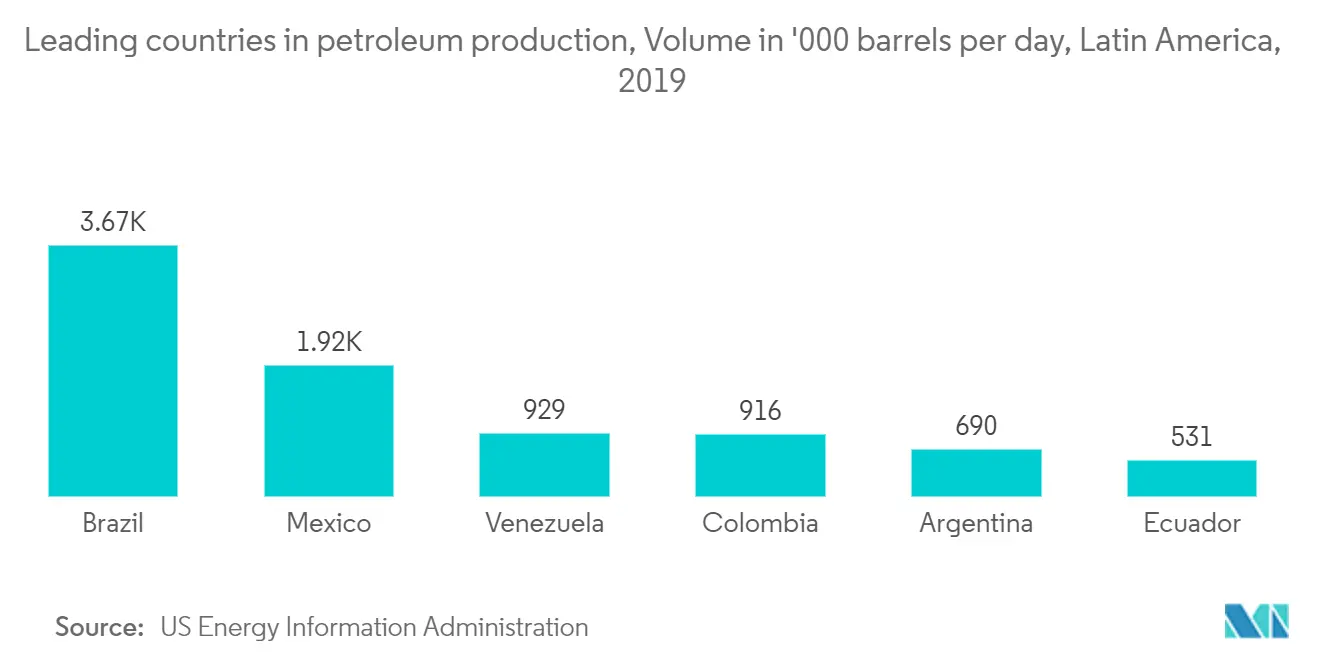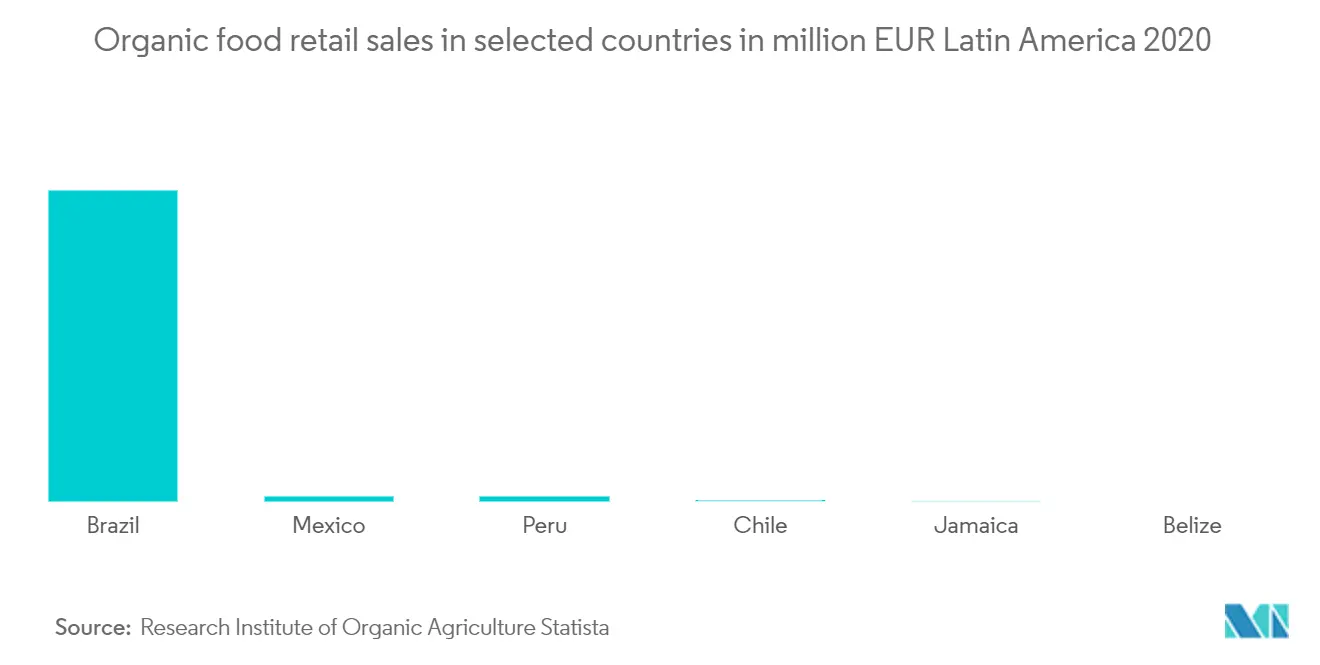Market Trends of Latin America Cross Border Road Freight Industry
This section covers the major market trends shaping the Latin America Cross Border Road Freight Market according to our research experts:
Increasing Demand from the Oil and Gas Industry
Latin American oil production is dominated by Brazil, Mexico, and Venezuela. These countries are responsible for about 75% of the region's total output and are also giants on the international stage, ranking as the world's 10th, 11th, and 12th-biggest oil producers, respectively.
Venezuela and other nations on the continent are set to boost their crude oil and natural-gas production despite the biggest non-war inflicted plunge in oil production in recent years. This growth is aided by the development of both conventional offshore resources and unconventional shale reserves in the region.
The increasing oil and gas output has made the industry a major end-user for the logistics sector. Despite the economic woes in some countries, the region set to boost its oil and natural gas production over the next few years, supporting the rig, FPSO, and oilfield services market, which will, in turn, increase the logistics spend in the sector.

Increasing Demand for Perishables Presents an Opportunity for Cold Chain Logistics
Latin America is one of the world's top producing regions for fresh fruits and vegetables, along with beef, pork, and poultry. The refrigerated transport market is gaining momentum due to the escalation in globalization that has led to the growth of trade and a surge in demand for frozen and packaged food worldwide. The growth in the market can be attributed to the growing food and beverage industry, predominantly in countries such as Brazil and Mexico. The consumption of ready-to-eat products, beverages, and frozen food is increasing in Latin America, further boosting refrigerated transportation demand.
As compared to refrigerated vans and trucks, the investment required for refrigerated trailers is significantly higher. Local players prefer refrigerated vans and trucks over refrigerated trailers due to their low production and transportation capacity. The cost of transportation of products through refrigerated trailers is comparatively higher than transportation through refrigerated vans and trucks.


